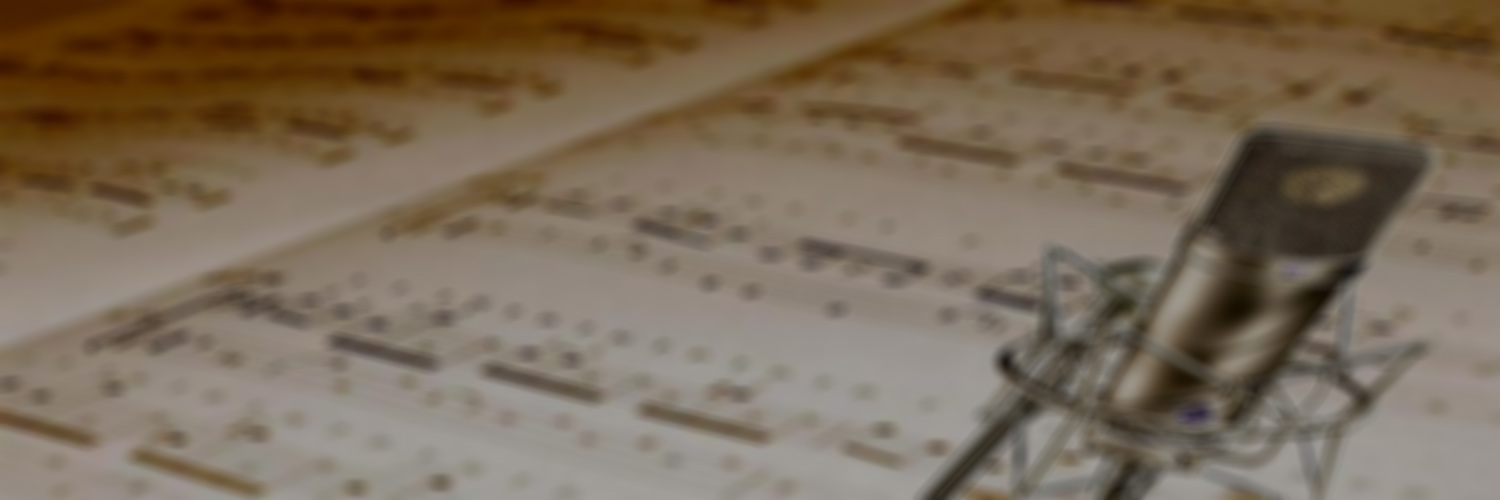
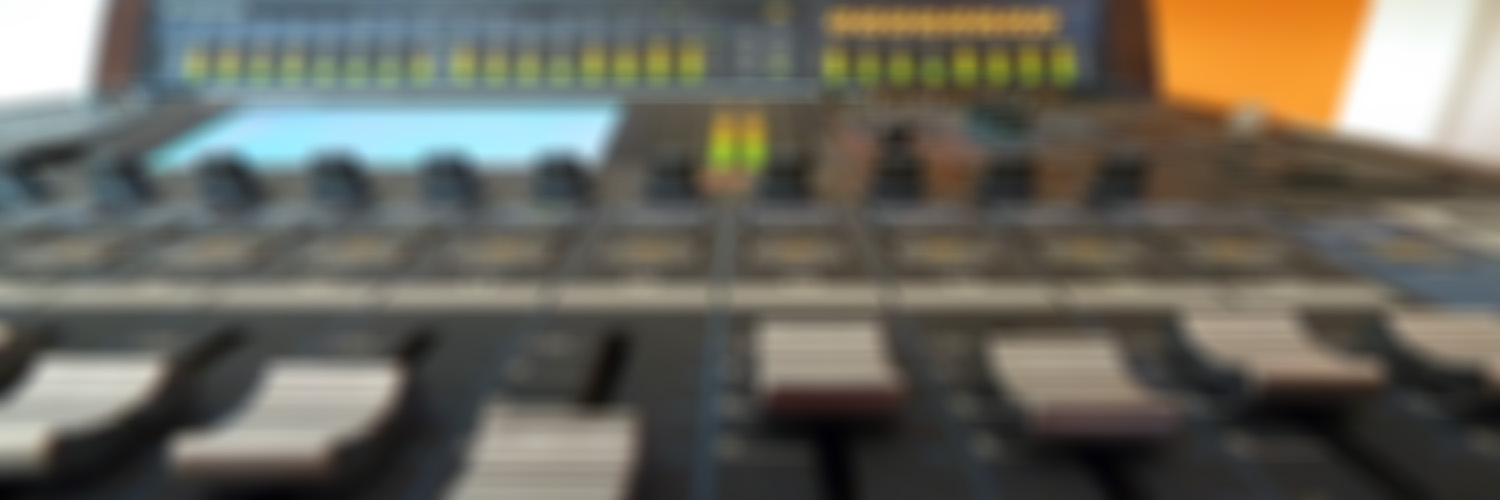
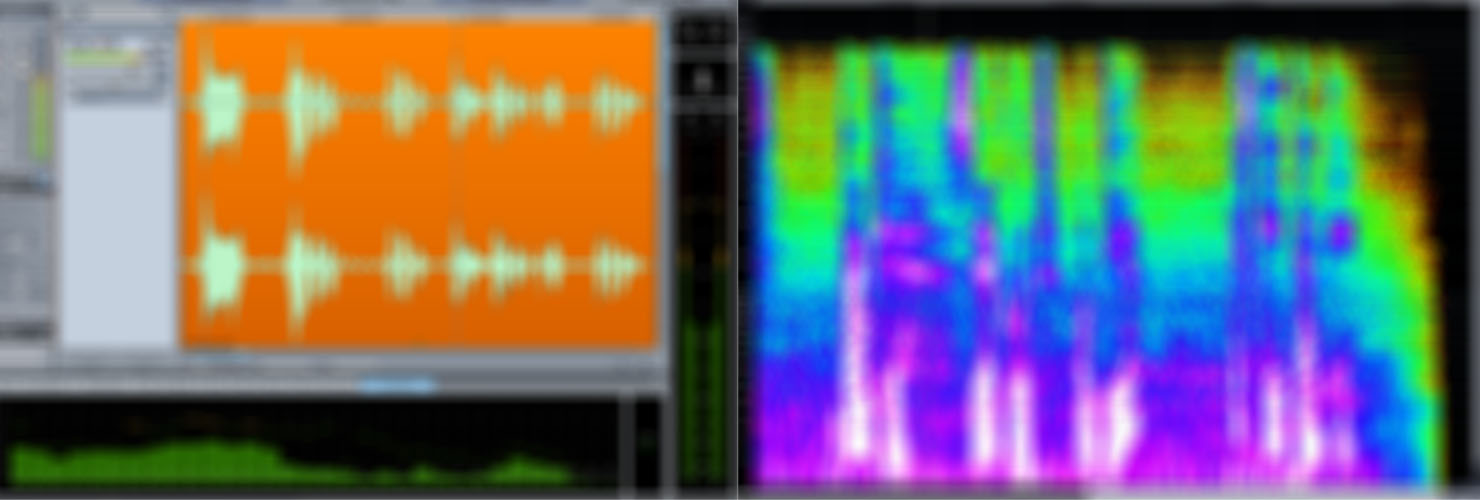

Before the recording, while the musicians are undertaking their last rehearsals, the music producer collaborates with musicians in preparation for the recording. This will include pre-production meetings, a visit to the recording location and a detailed study of the scores and the music that will be played. Sometimes, it may even be necessary to write a score for the music producer combining the different instrumental parts - recording a wind sextet with only the first clarinet part is like juggling with six eggs in one hand!
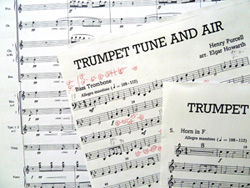
Choosing the right recording venue is essential for the final result we will get in our recordings - both sound and performance. There is no such thing as a perfect acoustic environment for all instruments and ensembles. For example, works that have been written for a wide spatial sound, such as Gregorian chant by Tomas Luis de Victoria or Francisco Guerrero, will be perfectly suited to the old Church of the Monastery of San Lorenzo de El Escorial (Madrid) but it will never be a suitable location for a symphonic wind band. A typical chamber music recording requires maximum transparency and accuracy with a sound that is not too "dry". Here we find good examples in the chamber halls of the auditoriums in Valencia, Madrid and Barcelona, or in some churches. The recording of a symphonic work is better done in the great symphony halls of the auditoriums, where the sound of the entire orchestra can develop properly.
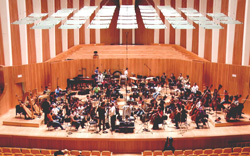
When listening to recorded music, the living room will never be a concert hall, so our effort is focused on providing an illusion of reality through the recording. As we work almost exclusively with acoustic instruments and human voices, our ideal is to achieve a natural tonal balance, a true sound of the instruments, a reproducible dynamic range. The location of the instruments in the three-dimensional recording space and its reproduction in two dimensions is of great importance in creating this illusion of reality.
When music is recorded in the ideal venue we find that the acoustic not only influences the recording, but also has a direct effect on musical performance. For example, the time a musician waits after a fermata or general pause before continuing his interpretation depends very much on how long it takes the sound to disappear. Therefore, a work of classical music recorded in a dry studio and later mixed with artificial reverberation does not always satisfy - fermatas, links, pauses feel unnatural and the music can sound distant, lifeless and unreal. One of our goals in our productions is to record not only the sound but also the atmosphere of the chosen venue, so that the performer is comfortable and the listener becomes part of the sound event.
However, even with the perfect acoustic for recording and performance come unexpected problems from outside the studio: the old heating creaks continuously, the windows from the epoch of Philip II can not muffle the noise of the street and suddenly tourists call at the door: " ... will you give a concert here? ". So in many cases, it will be at night when the musicians start playing for the recording and when the music producer and some cups of coffee have to encourage and inspire them to achieve high quality musical results.
Our locations are constantly changing and because of that we divided all the recording equipment in small portable units. We have a 'range' of different microphones, mixing consoles, preamps, computers, amplifiers, speakers, headphones and, of course, stands, cables, many gigabytes of hard drive, a pencil, pitch-pipes and the scores. Most of the recording equipment (mixer, computers, speakers etc.) is installed in a separate room from the recording room, known as the control room. Only by monitoring in a separate room can the music producer truly assess the quality of what is being recorded. Between the control room and recording room we install an intercom unit to communicate with the musicians.
The first thing we do together with the musicians is to find the ideal position within the recording room. Next the main microphones are placed so that the result is a perfect balance between the direct sound from the performers and indirect sound reflected from the walls etc. Sound checks are made with the microphones, repositioning them, adjusting the distances between them and even choosing other microphones. Different types of microphones (omnidirectional, cardioid, condenser, etc. ) and different brands (Neumann, Sennheiser, AKG, DPA) make big differences in the final sound. The position of the microphones is of great importance because it determines whether soloistic nuances are transmitted and the use of spot microphones can compensate for an instrument hidden acoustically by another. The purist ideal of "only two microphones" rarely leads to a satisfactory result when we consider the complex demands of recording an ensemble or orchestra. The recording has to achieve a natural balanced sound that also compensates for what we hear in a concert when we "hear with eyes".
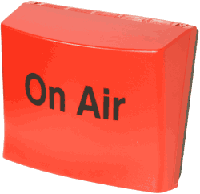
After a general warm-up and tuning, final adjustments in position, and last minute notes in the scores (number of bars, etc.) we begin the first "test recording". Usually it is a complete movement or section and it will be listened to keenly by the musicians or conductor because this is roughly how it will sound on the finished CD. At this stage the music producer is primarily interested in seeing how the balance works (the relationship between both the instruments and their relationship with the direct and indirect sound of the room). It must be decided whether an instrument or a voice is really too close or distant in the mix or maybe the musician has played a section too strong or too soft perhaps because the group is not yet adapted to the acoustics of the recording space. Sometimes some octaves of the piano have to be retuned by the standby tuner whose presence ensures that we have an instrument in optimal condition.
Now is the moment when the ability of music producer will be tested for the first time, with spontaneous comments like: "... my instrument sounds brilliant, but somehow off ... ", "... very present but too far..." or "in general I like, but you all sound too strong.”. These assessments may sound as contradictory as they really are! The musician wants to say something at this point, but there is no language to describe an auditory sensation - no concise terminology to express what we hear. However, all the discussion usually ends after the second “test” recording or after some magical tweak in the position of the microphones or in the mix.
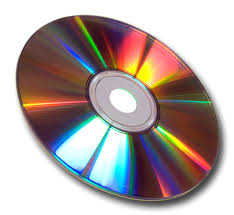
The sound check is essentially a technical process, ranging from the exact placement of the microphones - distance, height and angle - to the mixing of different signals from the microphones. It will be done at the beginning of the first recording session and except for small modifications required by changes in instrumentation or soloists, the sound will not be changed further during the remaining of recording (usually between 3 and 5 days) in order to maintain a natural balance. Now begins the real musical collaboration where the producer’s skill becomes essential. However, his work is not only to mark in the score all external noises, possible mistakes, dynamics and articulations that could be improved etc., but, above all, he must encourage the musician and help them find the inspiration needed to obtain an interpretation that transmits to the listener the feeling of an unforgettable concert.
The artistic quality of a recorded CD is the result of the musical dialogue during recording and the careful choice of the best takes in postproduction. At the end of the sessions, we will have recorded many hours of music. Now the music producer's job, with the help of his notes in the score, is to make an editing plan which combines the best takes and always follows a musical logic. Through this process the new CD is born. The mix may be slightly improved and a little mastering may be applied to the sound - equalization, compression, etc. The edit points between the different takes are adjusted until they become inaudible and the result is a perfect musical performance. As you can imagine that the time in postproduction often exceeds the time spent on the recording.
The final edited version is presented to the musicians who, after careful listening, may want to change a take or listen to some alternative versions in the postproduction studio. After making any corrections and achieving a result with which both the musicians and the music producer are satisfied, the PQ coding of the master is done. This process embeds the position of the CD tracks, their titles and other text, the catalogue number, barcode and ISRC codes (international codes that uniquely identify every commercial recorded track) Only with this data is the CD properly complete. Of course no master leaves the studio for the factory without having passed a thorough technical and aural quality control.